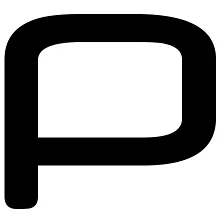Linux Benchmarking: As Easy As Dragging and Dropping

One of the features that the GTK2 GUI supports starting with the soon-to-be-released Phoronix Test Suite 1.8 Beta 1 (or is available now via a Phorogit snapshot) is system benchmarking that is as easy as dragging and dropping. Say you have found a graph (an image file) of test results from the Phoronix Test Suite. To see how your system compares to those results, it's as easy as dragging and dropping that image file onto the GTK2 interface found in Phoronix Test Suite 1.8 (codenamed "Selbu").
When generating the graphs, the Phoronix Test Suite embeds hidden identifiers into the image file that associates it with the type of test ran, a Phoronix Global ID, and other pertinent information. When dropping a supported image on to the Phoronix Test Suite interface, the identifiers are then parsed and the user is prompted with possible actions. For a novice user or someone looking to quickly and easily compare their results against another system, it's simple to just drag and drop a graph (though we're still striving for ways to make the desktop benchmarking experience even better!). Of course, the Phoronix Test Suite already supports just manually entering in a Phoronix Global ID for benchmarking and various other features to support comparative testing, but this is an alternative if all you have found is an image file.
Below is a short video demonstrating how easy it can be to benchmark a Linux desktop in a standardized and automated way.
After thinking about it, this same concept could also be extended into other areas of the desktop too... Have you ever downloaded a file off the Internet (say a photograph from a photo album) and then later on couldn't remember where you found it? For example, if you wanted to download more photos from that album but couldn't remember where you got the image originally. Well, why can't there be a standardized meta-data specification that would specify a URL and other relevant pieces of information to provide this functionality? Essentially this would be embedding a bookmark into the files that are downloaded, in order to make it easy to retrieve later on. In regards to photographs, the web publishers could dynamically embed this information into an image through the EXIF data, if there were standardized tags. When the image is then loaded into a web browser or supported photo viewer, there would then be an option that gives the user the ability to return to the original source. Quite simple, but there doesn't seem to be any standard at this time. Anyhow, more on that idea later.
2 Comments

